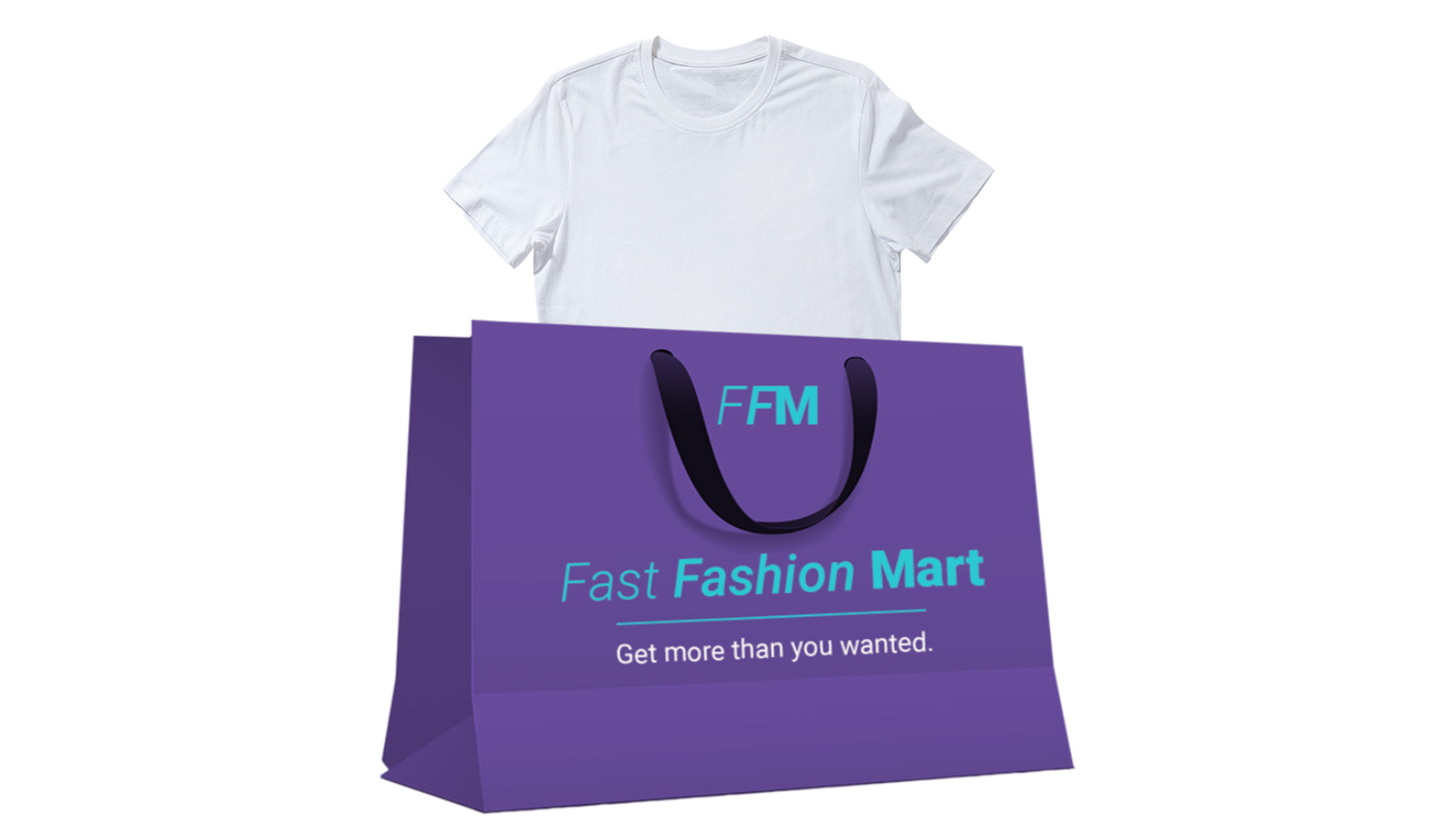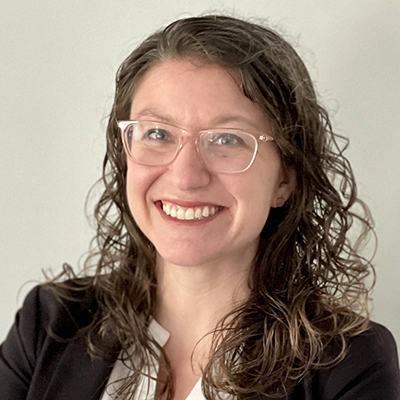
Truth in recycling
Does Amazon’s plastic packaging actually get recycled? We placed trackers in bundles of Amazon shipping materials, and put them in store drop bins to see where they ended up.
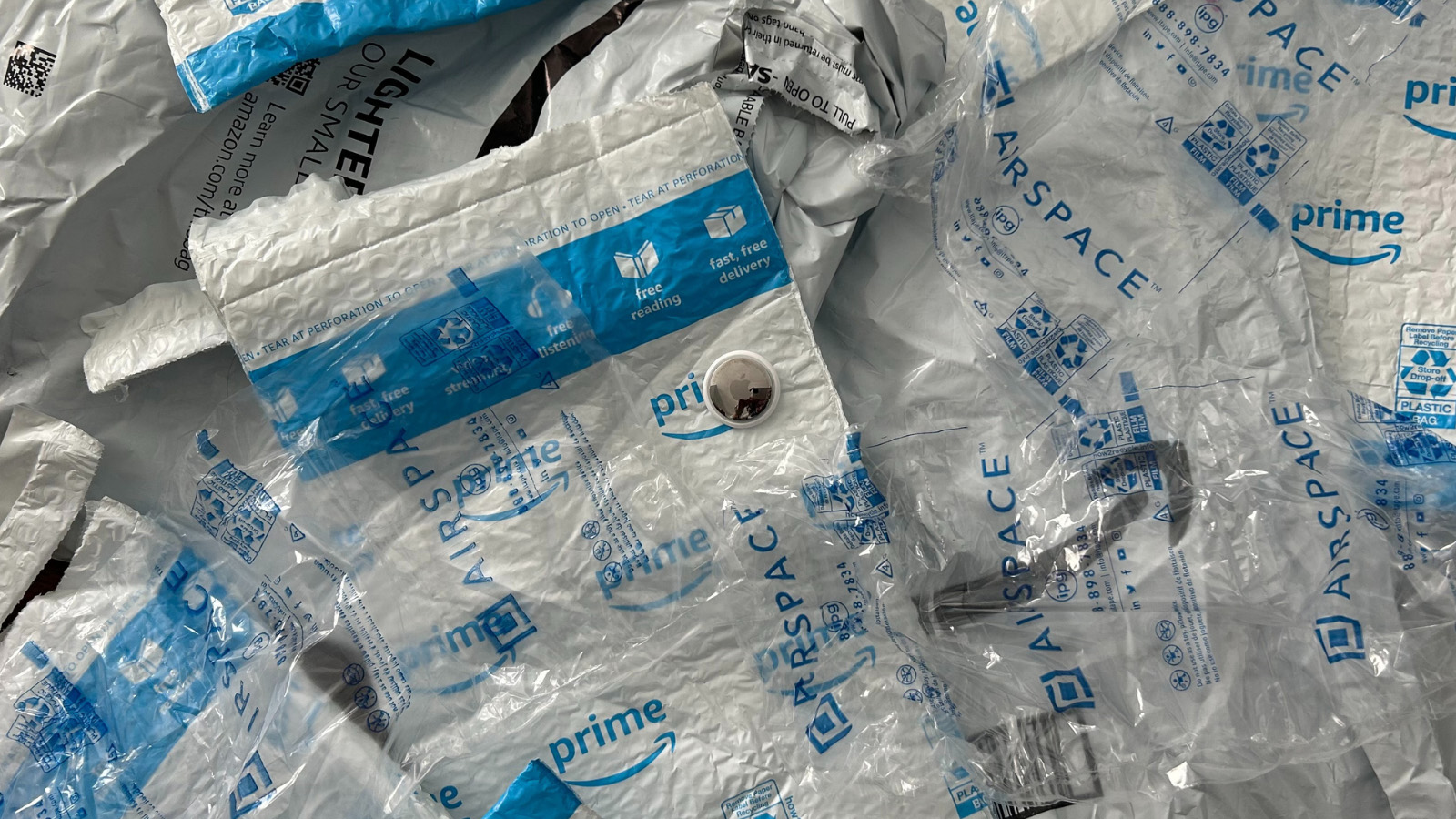
Downloads
Plastic packaging used to ship items to our homes is a major contributor to the plastic waste crisis. Nearly every time we order something online, we’re confronted with a pile of plastic — plastic envelopes, bubble wrap, and foam. When you multiply that by the millions and millions of online purchases made everyday, you get an e-commerce plastic problem that generated 3.4 billion pounds of plastic waste globally in 2021 alone.
As one of the largest retailers in the world, Amazon is a major contributor to this plastic problem. A report from the ocean conservation group Oceana, estimated that Amazon alone generated 709 million pounds of plastic waste globally in 2021– enough to circle the Earth more than 800 times in the form of air pillows.
Amazon packaging is not as recyclable as the company claims. Amazon claims that much of the packaging the company uses to deliver goods is recyclable, either through curbside recycling programs for their cardboard packaging or store drop-off for its plastic packaging.
We tracked Amazon plastic returned for recycling. Here’s what we found out.
In 2023 we conducted an investigation into the effectiveness of the store drop-off system used by Amazon for recycling their plastic film packaging. Staff and volunteers placed small tracking devices, mainly Apple AirTags, in 93 bundles of Amazon plastic bags, bubble-lined plastic bags, and air pillows, and put them in store drop bins across the country to see where they ended up.
We found no evidence that Amazon packaging is being widely recycled. Only 4 of the devices were tracked to a material recovery center that sorts items for recycling, though there’s no way of knowing if the packaging was then sorted to be recycled or not. We called the three recycling sorting centers that our Amazon packaging was tracked to and two of them said they don’t accept Amazon packaging, and the third is in Tecate, Mexico, where U.S. regulators have no jurisdiction to ensure the plastic is actually getting properly recycled.
Many of the packages put in a store drop bin intended for recycling ended up in landfills, incinerators, or at a port, likely headed to another country for disposal. Thirteen of the 93 trackers ended up in landfills– three times more than the number of packages that ended up in material recovery centers. Two trackers went to an incinerator to be burned and turned into toxic air pollution, and three went to the Port of Los Angeles, likely headed to another country where U.S. and state regulators have no jurisdiction to make sure it is being recycled or disposed of properly.
Many of the packages ended up at a facility that downcycles plastic. 24 of the tracking devices ended up at Trex Company, Inc, a company that makes plastic benches and decks out of plastic film and reclaimed sawdust.
At first glance, it may seem promising that several of the plastic packaging went to a company that turns plastic film, thin plastic like that used to make plastic bags and Amazon’s plastic packaging, into something useful. However, a deeper dive into Trex’s operations suggests our Amazon packaging may not have actually been used to make their decks and benches. The company has guidelines for the plastic film it can use, and specifies that the plastic film must be free of food or liquid contamination and that labels should be removed if possible. Most plastic film used by Trex comes from industrial operations rather than consumer drop off programs as it is more consistent and less likely to be contaminated.
But even if the plastic packages were used by Trex, the plastic film is not technically being recycled– it is being downcycled. The plastic packaging is not being turned back into packaging or any other product that decreases the need to produce more plastic. Rather, it is being turned into a product that is not recyclable, and does not decrease the need to use virgin plastic for Amazon plastic bags, bubble-lined plastic bags, and air pillows.
While Trex may be better than a landfill, we need solutions that reduce the need for bringing more plastic into the world.
The store drop-off system for plastic film recycling is not working.
This investigation suggests that the store drop-off system for recycling plastic film is failing. 95.7% of the plastic packages were tracked to locations other than a recycling center, including landfills, incinerators, stuck in distribution centers, or downcycled. At the same time, there is no evidence that the store drop-off system helps reduce the need to create new plastic– the real purpose of recycling.
Recycling is only effective if it creates a closed loop system, allowing us to use the same material over and over again to reduce the resources needed to create more, i.e. cutting down more trees for paper or drilling more oil for plastic.
Recycling plastic is not a viable way to address the plastic waste crisis. Instead, we need to switch to more sustainable packaging alternatives, and Amazon can lead the way.
Amazon should eliminate single-use plastic packaging.
No matter how much Amazon and others say its packaging is “recyclable,” the truth is that plastic never has been widely recycled and likely never will be. The better approach to plastic packaging is to stop producing and using it.
Amazon should eliminate the use of single-use plastic in their shipments– and has proven through its own policies that it can. Amazon has committed to eliminating plastic packaging in Europe. In India, Amazon has replaced plastic packaging material, such as bubble wraps and air pillows, with ‘paper cushion.’ Here in the United States, in July 2023, Amazon announced it is “phasing out padded bags containing plastics in favor of recyclable alternatives.” This means the eventual end of the blue and white plastic mailing envelopes a lot of Americans get on their doorsteps every day. In October 2023, Amazon opened its first automated fulfillment center that doesn’t use any plastic packaging.
This is great progress, but as one of the largest companies in the world, Amazon can and should do more to address the plastic waste crisis, starting with a commitment to eliminate plastic packaging in U.S. shipments. This would show other major retailers that change is possible and result in significant reductions in plastic waste.
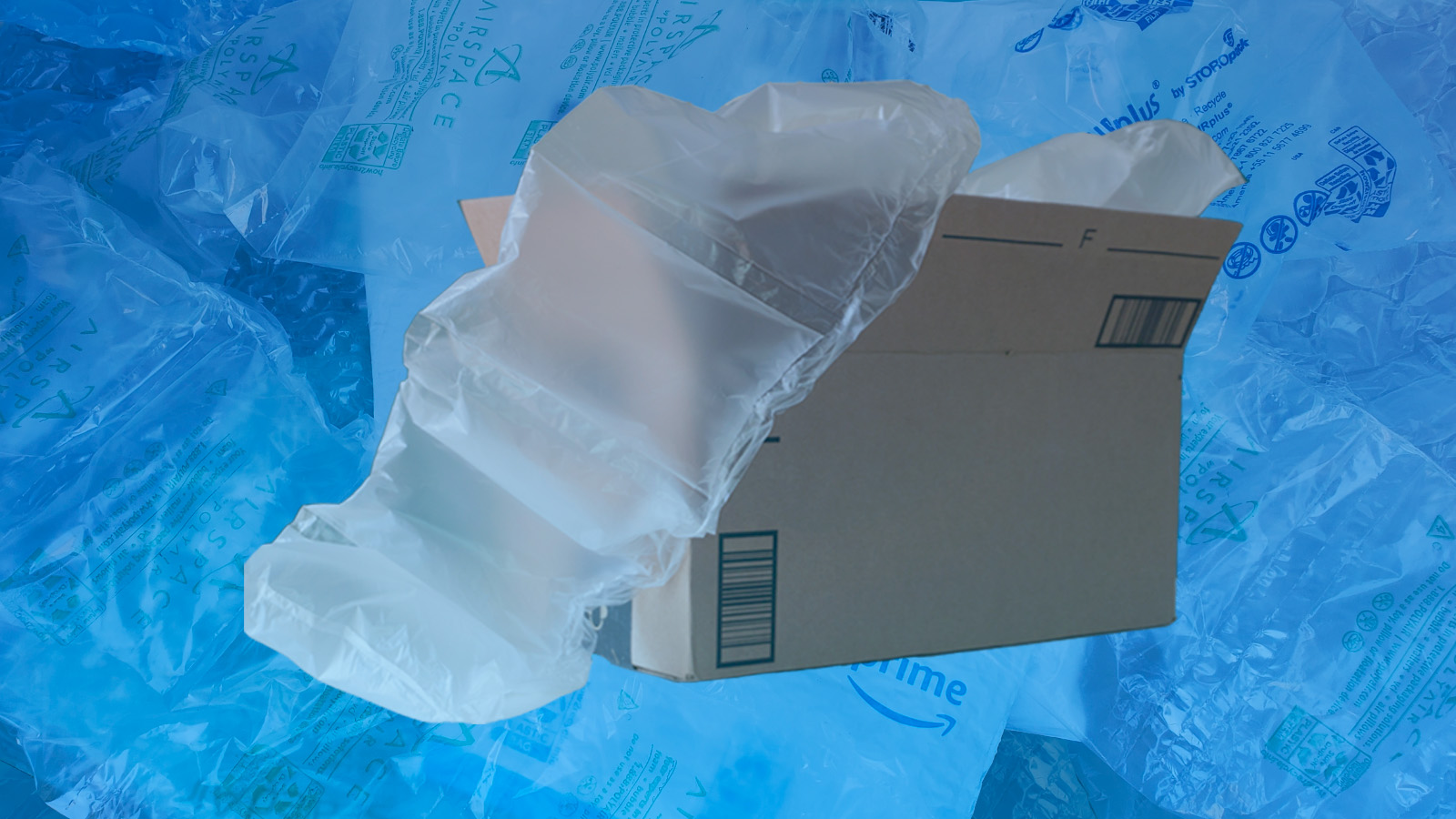
Tell Amazon: It’s time to move beyond wasteful single-use plastic packaging
Help us call on Amazon to move beyond wasteful single-use plastic packaging.
Topics
Authors
Jenn Engstrom
State Director, CALPIRG Education Fund
Jenn directs CALPIRG’s advocacy efforts, and is a leading voice in Sacramento and across the state on protecting public health, consumer protections and defending our democracy. Jenn has served on the CALPIRG board for the past two years before stepping into her current role. Most recently, as the deputy national director for the Student PIRGs, she helped run our national effort to mobilize hundreds of thousands of students to vote. She led CALPIRG’s organizing team for years and managed our citizen outreach offices across the state, running campaigns to ban single-use plastic bags, stop the overuse of antibiotics, and go 100% renewable energy. Jenn lives in Los Angeles, where she enjoys spending time at the beach and visiting the many amazing restaurants in her city.
Celeste Meiffren-Swango
State Director, Environment Oregon Research & Policy Center
As director of Environment Oregon, Celeste develops and runs campaigns to win real results for Oregon's environment. She has worked on issues ranging from preventing plastic pollution, stopping global warming, defending clean water, and protecting our beautiful places. Celeste's organizing has helped to reduce kids' exposure to lead in drinking water at childcare facilities in Oregon, encourage transportation electrification, ban single-use plastic grocery bags, defend our bedrock environmental laws and more. She is also the author of the children's book, Myrtle the Turtle, empowering kids to prevent plastic pollution. Celeste lives in Portland, Ore., with her husband and two daughters, where they frequently enjoy the bounty of Oregon's natural beauty.
Find Out More
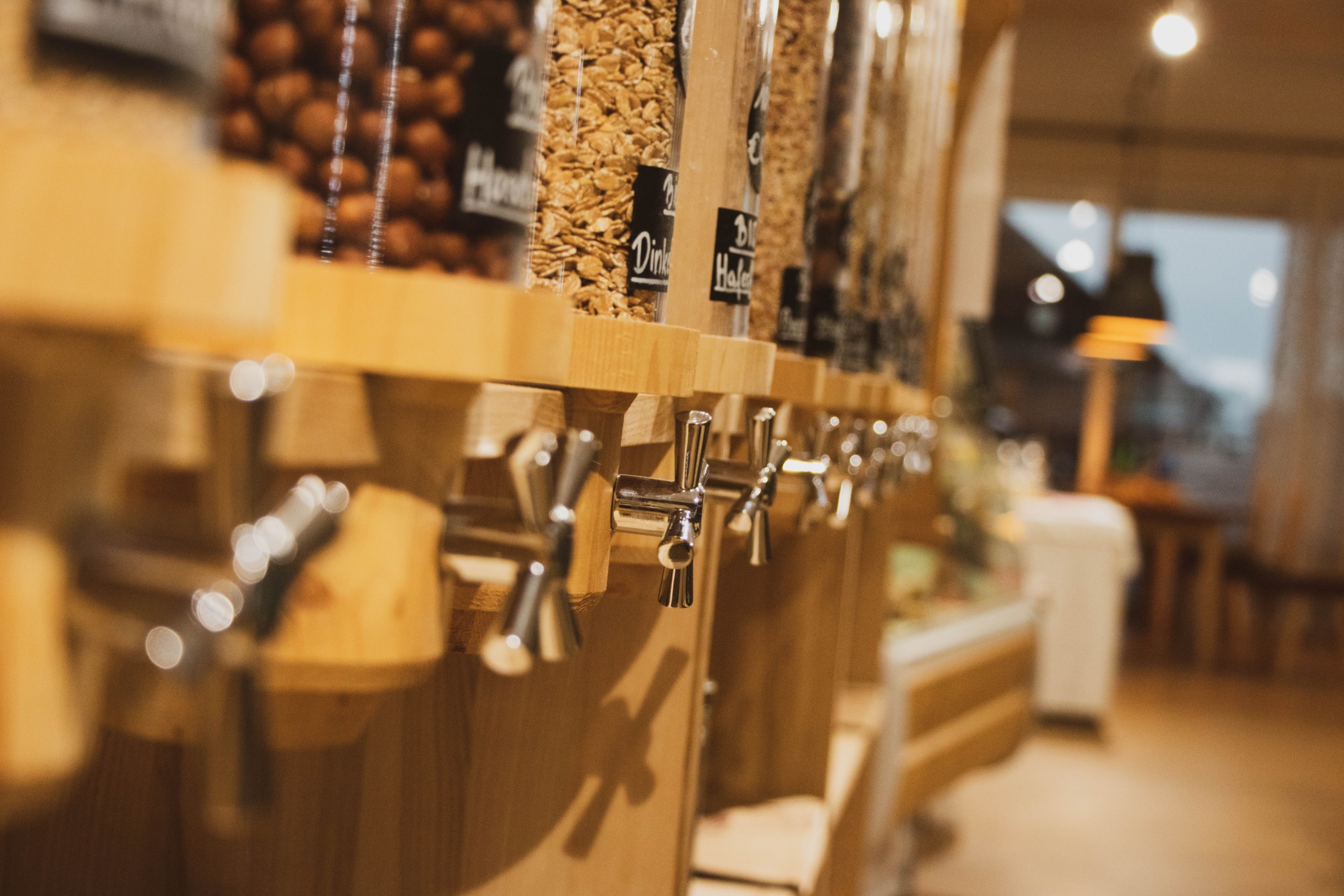
Products without packaging: How refill stores can help solve the plastics crisis
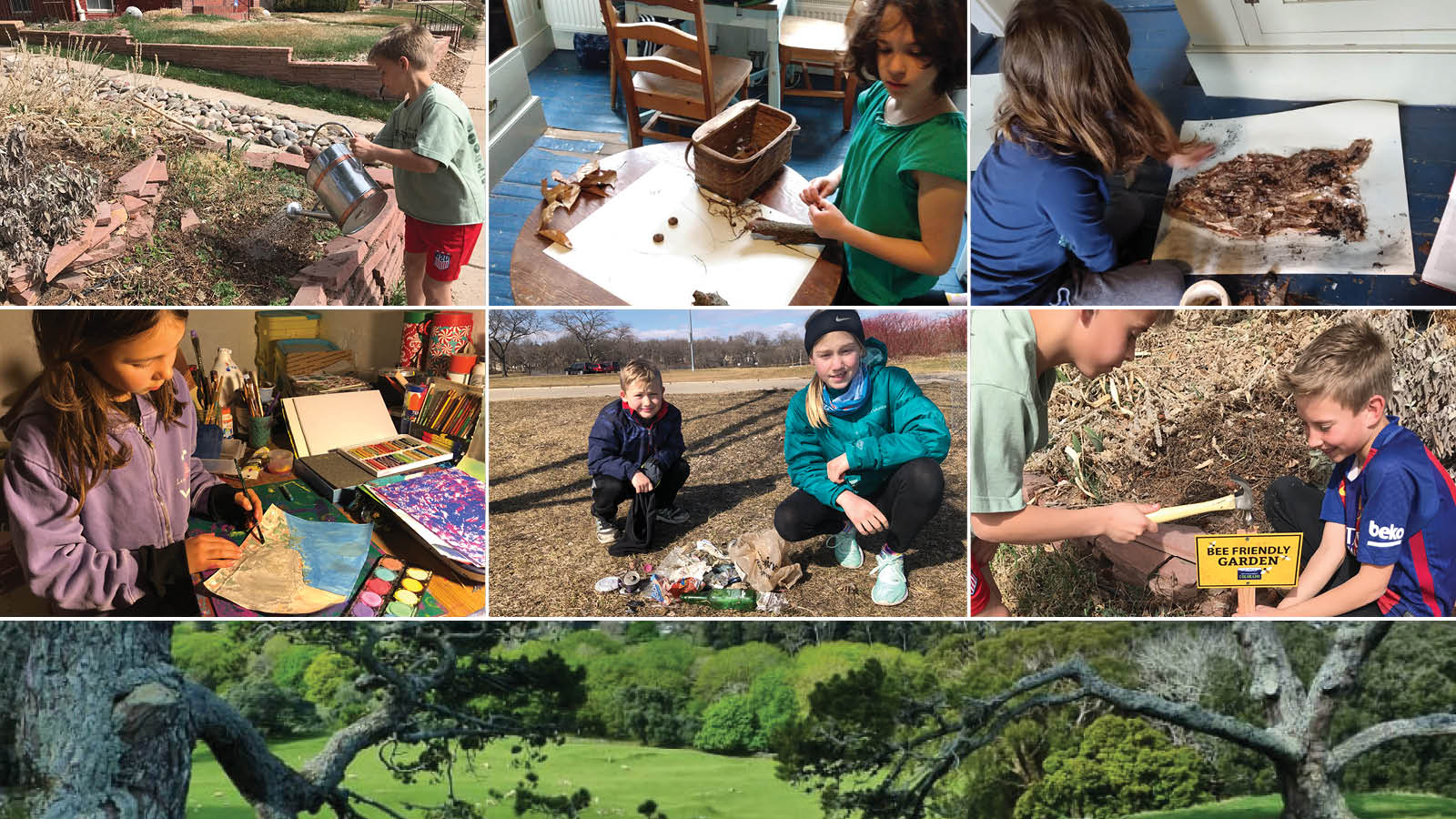
Nifty Fifty Activities
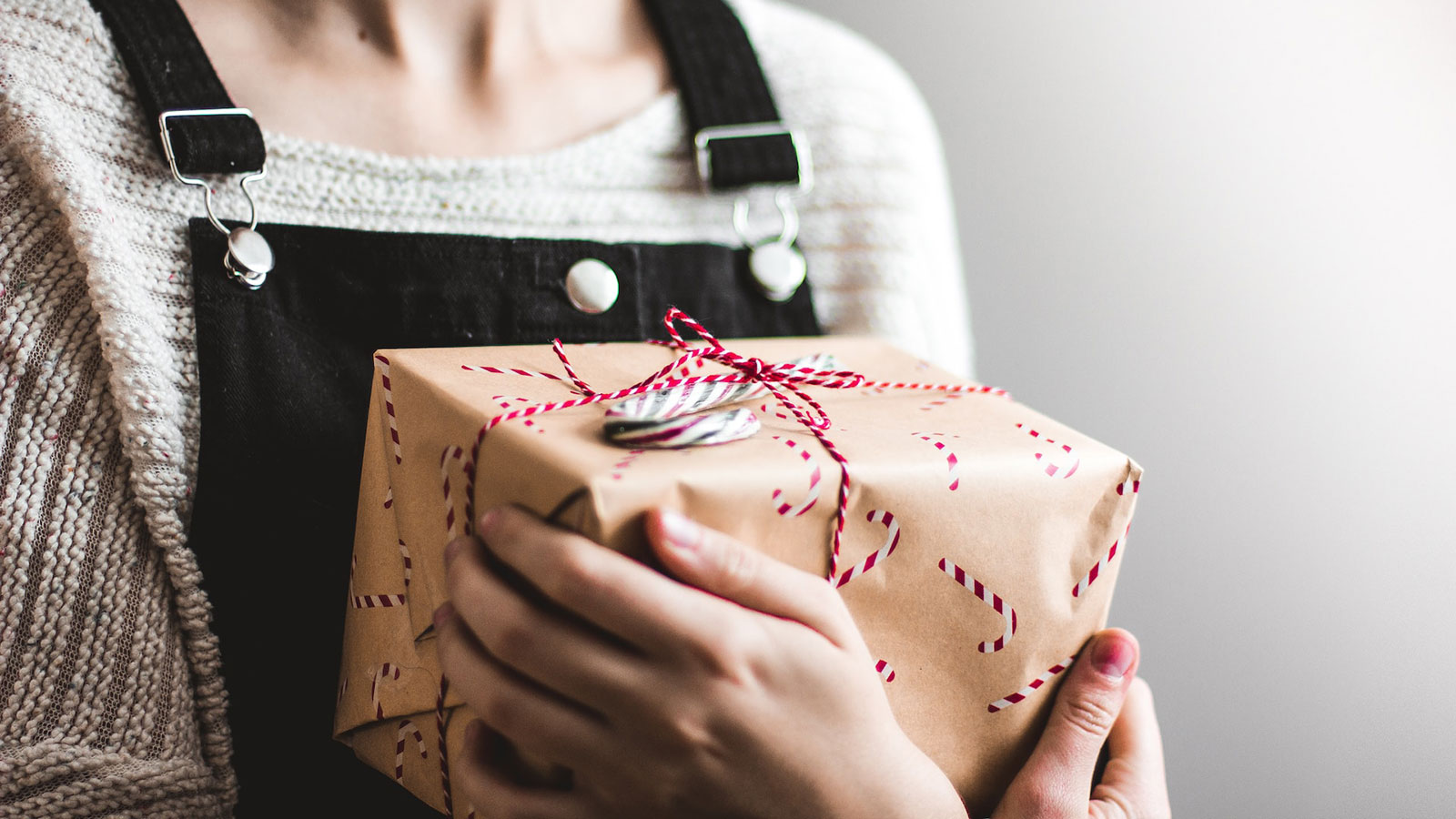
Wrapping gifts with less waste
